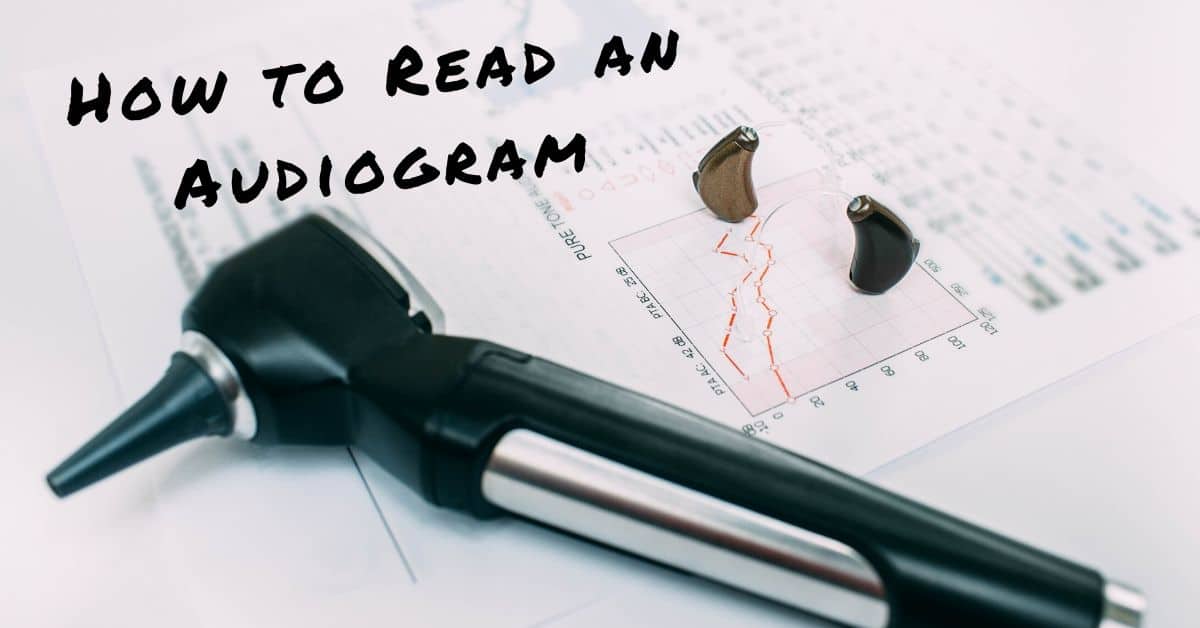- How to Recognize the First Signs of Hearing Loss - June 5, 2025
- Understanding the Connection Between Tinnitus and Weather - May 17, 2025
- The Most Unexpected Reasons Hearing Aids Can Malfunction - May 9, 2025
If you have made the decision to get a hearing test, the first step is already behind you! Scheduling the appointment takes you in the direction of hearing assistance, and our team will guide you at each step along the process.
Comprehensive Hearing Tests
At your first appointment, you will have a consultation about your hearing experiences, including a frank discussion of the situations that make hearing difficult for you. Each person has a different experience when it comes to hearing loss. Some people find it difficult to hear a particular family member’s voice that tends to be a certain volume and pitch. Others find it difficult to discern one voice from another in a crowd. Still others struggle to hear at a distance, such as a speech or a sermon.
Since each person’s hearing experience is different, it is helpful to obtain precise information about the pitches, or frequencies, and volumes of sound that are possible and impossible to hear. The hearing test is specifically designed to arrive at this knowledge.
When you have your exam, the results are presented on a chart called an audiogram. If you tend to shy away from charts and graphs, don’t worry! Our team of hearing professionals is trained to read and interpret this depiction of the results. However, if you are curious about the meaning of the audiogram, the following explanation can help you understand your own hearing ability more precisely.
How a Hearing Test Works
When you are administered a hearing test, your hearing health professional will play a series of beeps through headphones. These sounds occur in a range of volumes from loud to quiet and in a range of frequencies from low to high. If you aren’t able to hear a sound and have the sense that one might have occurred, don’t worry! The purpose of the test is to determine the line between what you can and cannot hear. Everyone has a level at which a sound is too quiet to hear. The audiogram explains how loud a sound needs to be for you to hear it.
What an Audiogram Can Tell You
The two axes of an audiogram tell you these two crucial components of sound: volume (or amplitude) and frequency. Along the horizontal X-axis, sounds are organized from low to high frequency, usually starting at 250 Hz and extending up to 8000 Hz. The vertical Y-axis demonstrates the volume of sound, but it is organized in reverse. The bottom of the graph shows very loud sound at 120 decibels, and the top of the graph shows 0 decibels or “-10” decibels.
This marking should tip you off that it is not exactly the volume of sound that is depicted but rather the “normal” human ability to hear. The 0-decibel level is more precisely the average human ability to hear for a person without hearing loss. As the volumes increase toward the bottom of the chart, these lines demonstrate that a sound needs to be louder than usual for you to be able to hear it. The further down the chart the mark occurs, the louder a sound must be for you to be able to notice it.
Interpreting Your Results
Two lines will be depicted on your personal audiogram. The convention has become to show hearing ability in the right ear with a red “O” and hearing ability in the left ear with a blue “X.”
The placement of these marks on the chart place hearing in a range of ability from normal hearing ability to profound hearing loss. The chart may include colored ranges to demonstrate where your hearing falls. For instance, a red “O” on the chart on the 1000 Hz line of frequency at 50 decibels means that you have moderate hearing loss at that pitch. However, you may also be able to hear a sound of 250 Hz with an extra 20 decibels of volume, which is still considered normal hearing ability.
This information is used to determine which hearing aids are suited to your individual needs. Although understanding your audiogram can be very helpful to you, the “prescription” of hearing aids is left up to your hearing health professional who has experience pairing individuals with the right set of aids.
Treating Hearing Loss
Our team is trained to interpret your audiogram and determine whether hearing assistance is needed. If you have concerns about your hearing abilities, contact us today for a hearing test!

